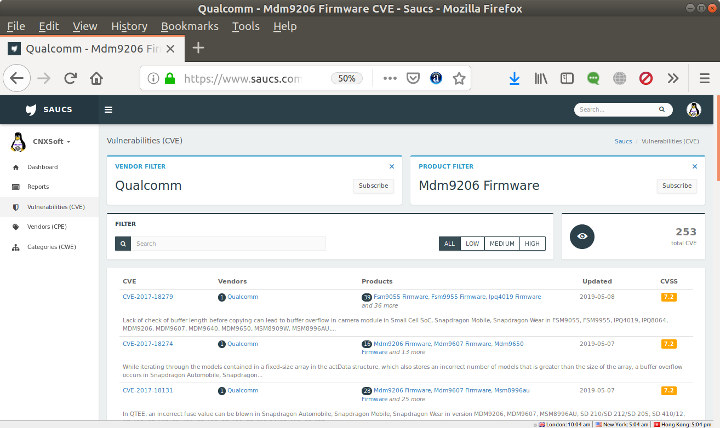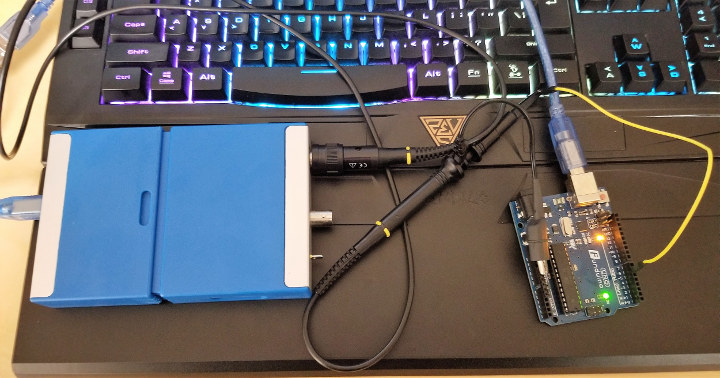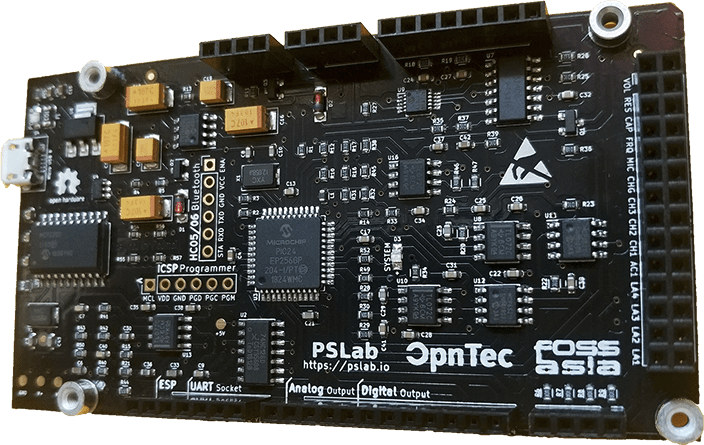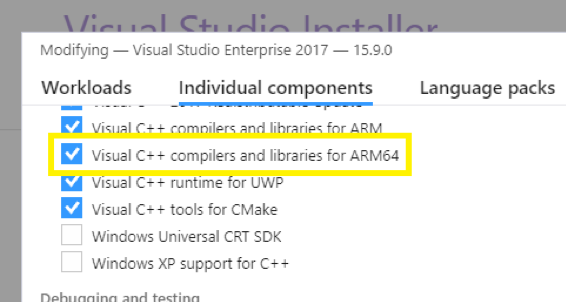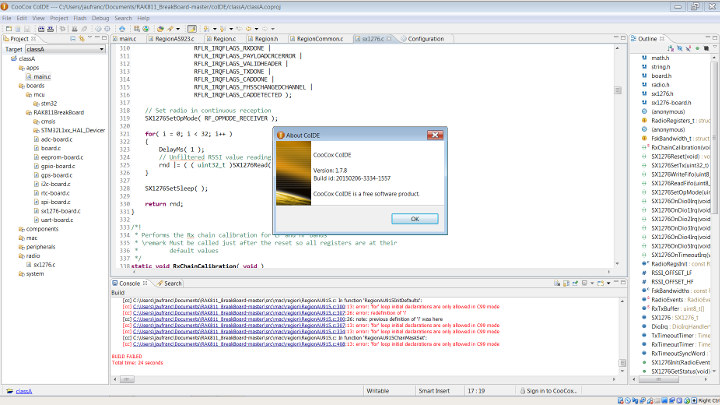Every so often we hear about critical security vulnerabilities in the news, but new ones are actually discovered daily, so it would be nice to have some sort of search engine to find out which known security vulnerabilities a given product or processor may have before purchasing it, or even more importantly starting a project. SAUCS does just that by having robots checking out the CVE update list, parsing the XML feed and formatting it. You can search for products or process, or subscribe to the vendors and products you want, and receive an email as soon as new changes as detected. I found out about SAUCS thanks to a comment from Thomas who pointed out the Qualcomm MDM9607 processor found in Quectel EC25 LTE module had a fairly long list of CVE (Common Vulnerabilities and Exposures) entries while using the default? firmware as shown in the screenshot above. Each […]
RISC-V Compliance Tests Aim to Address RISC-V Fragmentation
In the x86 world, one operating system image can usually run on all hardware thanks to clearly defined instruction sets, hardware and software requirements. Arm provides most flexibility in terms of peripherals, while having a fixed set of intrusions for a given architecture (e.g. Armv8, Armv7…), and this lead to fragmentation, so that in the past you had to customize your software with board files and other tweaks, and provide one binary per board, leading to lots of fragmentation. With device trees, things improved a bit, but there are still few images that will run on multiple boards without modifications. RISC-V provides even more flexibility that Arm since you can mess up with the instructions set with designers able to add or remove instructions as they see fit for their application. One can easily imagine how this can lead to a complete mess with binary code only running on a […]
This $4 PWM Signal Generator Outputs Pulses up to 150 KHz
When I think about signals generators, I usually think about equipment that costs several hundred dollars, but depending on your needs you could also use much cheaper solutions like PSLab electronics lab board ($65), or an Arduino board to generate a signal. Another option is to get an ultra-cheap signal generator such as XY-PWM1 which I found on ICStation for just $4.19.Its function is limited to PWM pulses from 1Hz to 150KHz, with a voltage range between 3.3V and 30V. XY-PWM1 specifications: LCD display showing frequency and duty cycle Voltage Range – DC 3.3V-30V Frequency range Normal mode: 1Hz~150KHz Precise mode: 1Hz~15KHz Frequency accuracy: 2% Duty cycle accuracy 1% in Normal mode 0.1% in Precise mode Duty cycle range – 0.00%-100% Output Current – About 5-30mA Dimensions – 79x43x37mm Temperature Range – -40℃~85℃ Humidity – 0%~95% RH There’s no obvious button to select mode, but apparently, you’d just need to use […]
SainSmart DS802 Review – A Dual Channel Virtual PC Oscilloscope
Hey Karl here. Today we’re going to look at the SainSmart DS802 Dual-channel oscilloscope. I have always wanted to have an oscilloscope and add it to my tools. When SainSmart asked to review the DS802, I was pretty excited. I can get my nerd on and troubleshoot all kinds of things. A couple weeks later it arrives and my anxiety kicks in. How the heck do I review an oscilloscope. I used an oscilloscope in high school in a class called principles of technology. But we never really went into much depth and only looked at the signals generated by a signal generator. I understand the basics. This is written from a perspective of a complete noob. SainSmart DS802 Specs Pulled directly from Sainsmarts website: Channels: 2 Analog channels Interface: USB 2.0 Output: 1k HZ amplitude 1.5V, 50% duty cycle square wave signal Maximum sampling rate: 80 MSps per channel […]
ATORCH USB PD Power Meter Comes with USB type-C, type-B, and type-A Ports
Most smartphones are charged over a USB port, and many single board computers are powered by a micro USB or USB type-C port, and USB power meters such as USB Charger Doctor can be useful to evaluate phone chargers, as well as measure power consumption of SBCs. With the launch of the USB type-C connector and features such as USB PD (Power Delivery), old USB power meters are not adapted to the new standard since the connector and most importantly voltages are different, so we need USB PD compatible meters like Satechi USB Type-C power meter. Today, I decided to look for more options on Aliexpress, and you’ll find many USB-C power meters with the cheapest models going for under $5 shipped. However, ATORCH J7-c model caught my attention since it supports both USB type-C, micro USB type-B, and USB type-A power sources, so you can keep using the same […]
PSLab Electronics Lab Board is Now Available for $65
Pocket Science Lab (PSLab) is an open source hardware USB board that aims to bring electronics labs to the masses, as it can act as an oscilloscope, voltmeter, programmable voltage and current source, logic analyzer, or signal generator when connected to a PC or mobile phone. This is not professional equipment, and instead designed for STEM education. When we first covered the board in August, it was still in development, but I’ve just found it is now listed and in stock on Seeed Studio for $64.90. FOSSASIA and OpnTec are the organization behind the board’s development. Here’s a reminder of PSLab board main specifications: MCU – Microchip PIC24EP256GP204 16-bit microcontroller @ up to 70 MHz with 32KB SRAM, 256KB flash Wireless Connectivity Footprint for ESP8266 module (ESP-12E) for 802.11 b/g/n WiFi (on bottom of board) Bluetooth extension slot 4-Channel, up to 2MSPS Oscilloscope 12-bit Voltmeter. Programmable gain. Input ranges from […]
Microsoft now Supports ARM64 Apps in Visual Studio 15.9, Microsoft Store
The first “proper” Windows Arm laptops became available earlier this year, but they disappointed most people due to their high price and relatively poor performance. They only really make sense for people who need LTE connectivity and very long battery life (over 20 hours). Price will likely stay elevated for the foreseeable future, but at least performance will increase thanks to faster processors such as Qualcomm Snapdragon 850 processor found in Lenovo Yoga C630 WOS Laptop ($849.99 and up once available), and the rumored sm8180 laptop processor that may be, or not, announced on December 4-6 during Snapdragon Tech Summit. Hardware is one thing, but software is also important. As far as I understand, while UWP (Universal Windows Platform) apps already supported native 32-ARM compilation , legacy Win32 apps relied on x86 “emulation” / binary translation, which may slowdown performance. But Windows users may also get some software optimization soon, […]
Coocox CoIDE and GCC Arm Embedded Toolchain Download Links
I’ve been playing with RAK811 LoRa GPS tracker last week-end and earlier this week, and Rak Wireless provides open source firmware for the board that can be work on with Arm Keil or Coocox CoIDE tools. The former requires registration, and the latter is freeware and appears to be preferred by Rakwireless guys. The only problem is that CooCox website have been down for several days, so I could not download the IDE from the official website. So instead I downloaded it from Softpedia together with a GCC toolchain. Sadly the version in Softpedia and the toolchain are outdated, so the firmware won’t build. I had installed CooCox CoIDE v 1.7.8 with GNU Tools ARM Embedded 4.7 2013q. Rakwireless engineers informed me they used CoIDE v 2.0.6 with gcc-arm-none-eabi-5_4-2016q3-20160926-win32. I could not find it online, so they added both to their RAK811 documentation. You’ll find the two files under Tools: […]


